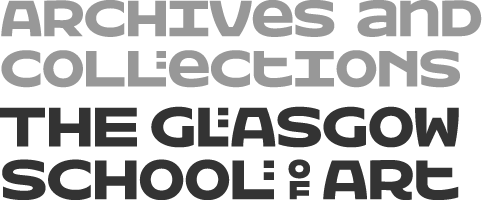Key Information
Type of entity
Person
Authorized form of name
Welsh, Stephen
Parallel form(s) of name
Standardized form(s) of name according to other rules
Other form(s) of name
Identifiers for corporate bodies
Description area
Dates of existence
History
Stephen Welsh was born on 5 April 1892 in Forfar, one of five children of Margaret Welsh (nee Sim) and William Welsh, a joiner. He began his training as an architect in Forfar with the firm of Gavin & Soutar from 1908. In 1912, he moved to Glasgow to work as assistant to George Arthur Boswell, enabling him to study at The Glasgow School of Architecture under Eugène Bourdon as a evening student from 1913 -14. He also worked as an assistant in the offices of Stewart & Paterson in Glasgow, William Curtis Green in London and Mills & Shepherd in Dundee. The dates of each of these appointments is unclear. Welsh served in the armed forces for four years during the First World War. By the end of the war he was a Sergeant with the Royal Engineers. On his return in 1919, he resumed his studies and enrolled as a student at Liverpool School of Architecture under Charles Reilly. Whilst there he was admitted ARIBA in 1921, his proposers being William Brown Whitie, John Watson, and Reilly, who wrote of him in his supporting statement: 'although I have only known him a year while he has been in the School of Architecture at Liverpool I have formed a very high opinion of his work and character. Out of 150 students he is one of the first two or three. I expect a great career for him.' In the same year he spent five months travelling in the USA, spending the summer vacation with Carrere & Hastings. On completing the course at Liverpool in 1922 he went to the British School at Rome as Rome Scholar, remaining there until 1925 and using his spare time to tour Italy, Sicily, Greece, France and the Near East. His notes on and drawings of the restoration of the Porto di Ripetta in Rome were printed in the 'Town Planning Review' in December 1927. In 1925-26 Welsh worked briefly for W Curtis Green in London. He spent the year travelling in Canada and the USA with the aid of a bursary given by influential art dealer, Sir Joseph Duveen, during which period he worked for a time in the office of Duveen's acclaimed architect, John Russell Pope whose later works in Washington D.C included the National Archives Building and the Jefferson Memorial, both completed in the early 1940's. Welsh briefly practiced on his own account in Forfar but by 1927-28 he was teaching at the Liverpool School of Architecture in charge of the 5th and 6th year students. In 1928, he moved to Sheffield to take up a position as Head of the Department of Architecture at Sheffield University. He was admitted FRIBA on 5 March 1934, his proposers being John Lancashire, Edward Mitchel Gibbs and Charles Matthew Hadfield, all of Sheffield. Welsh ran the Sheffield School of Architecture from 1918 until 1957, becoming a Professor in 1948 whilst continuing to practise from his home address. He helped to develop the Sheffield School of Architecture from a small school largely training personnel of local firms through a period of huge expansion post Second World War, attracting students from all over the UK and overseas. Welsh died in 1976. Stephen Welsh is commemorated on The Glasgow School of Art's First World War Roll of Honour.
If you have any more information, please get in touch.
Sources: Scotland's People: http://www.scotlandspeople.gov.uk; Ancestry: http://www.ancestry.co.uk; the Dictionary of Scottish Architects: http://www.scottisharchitects.org.uk; The Long Long Trail: http://www.longlongtrail.co.uk; Commonwealth War Graves Commission http://www.cwgc.org; University of Sheffield School of Architecture http://www.sheffield.ac.uk/architecture/about/history; Stephen Welsh was a student at the Glasgow School of Art c1914. He is listed in the School's World War One Roll of Honour.
If you have any more information, please get in touch.
Places
Legal status
Functions, occupations and activities
Mandates/sources of authority
Internal structures/genealogy
General context
Relationships area
Access points area
Subjects
Place access points
Occupations
Control area
Authority record identifier
Institution identifier
Rules and/or conventions used
Status
Level of detail
Processing information
Language(s)
Script(s)
Sources
local

